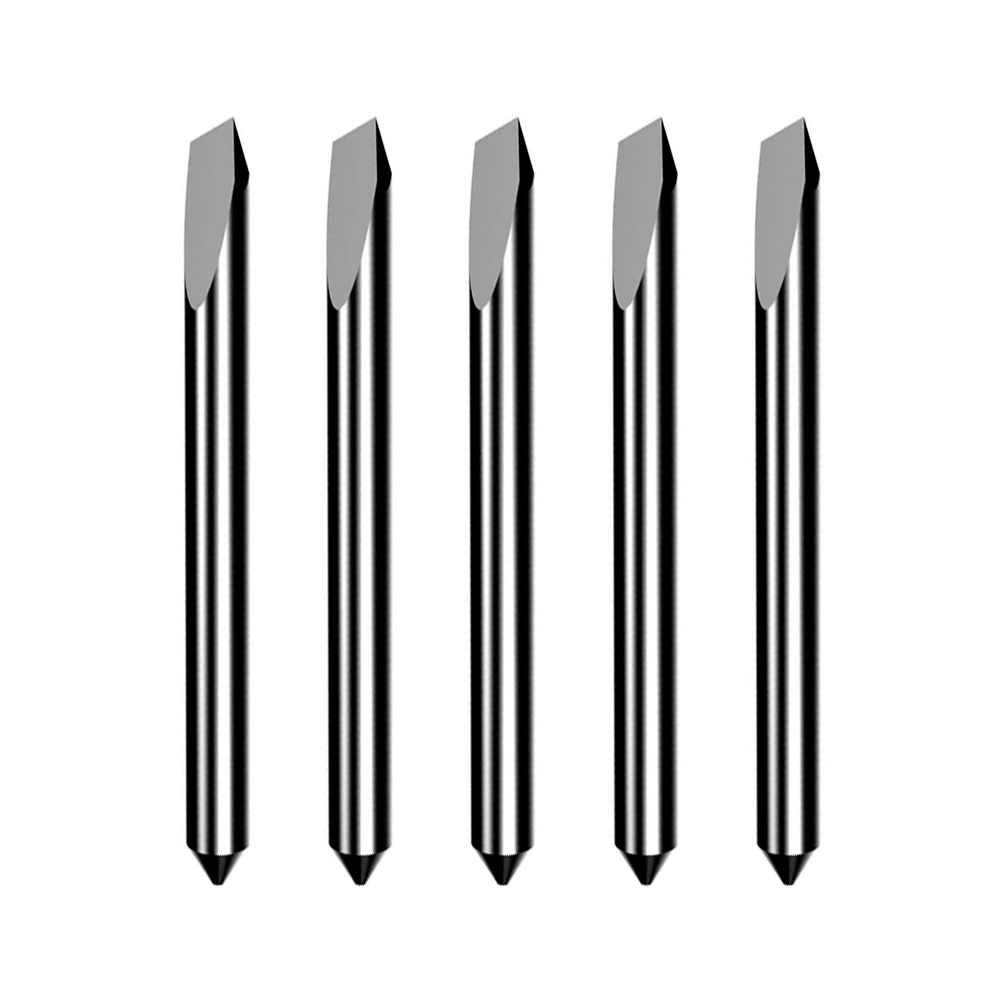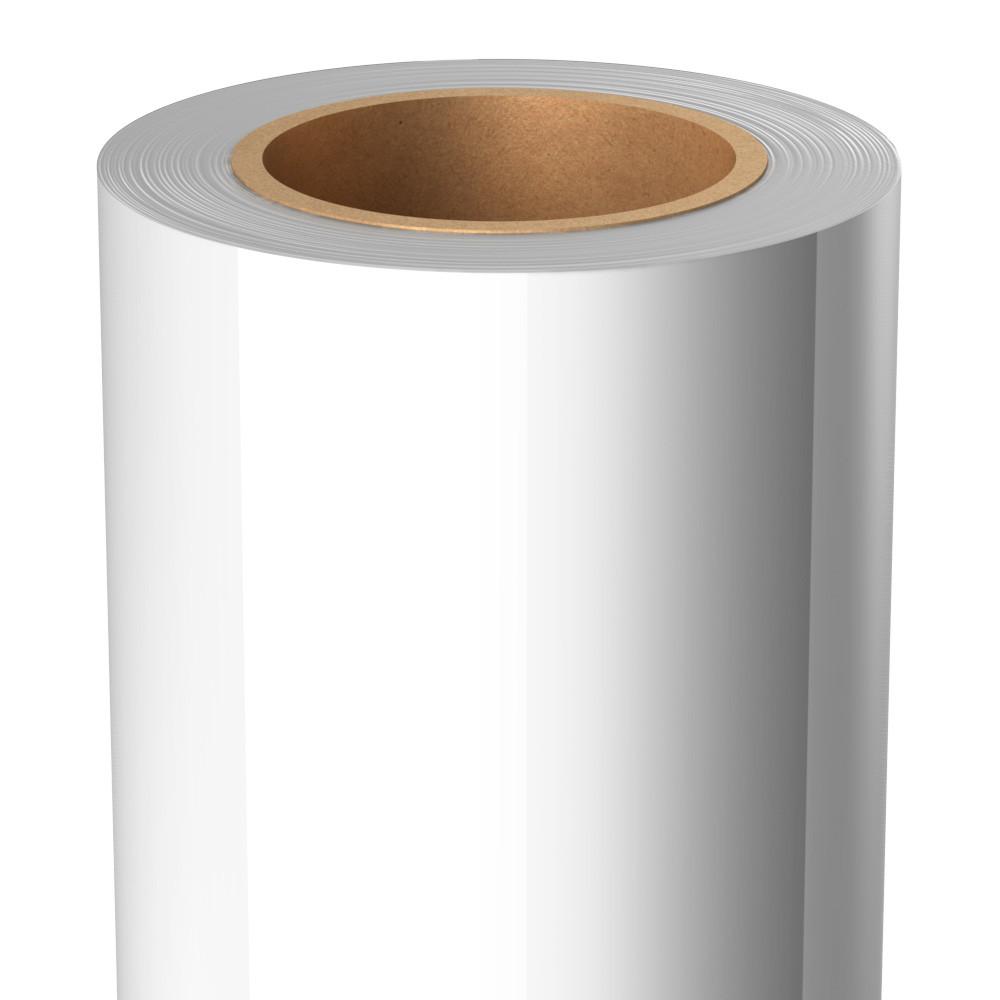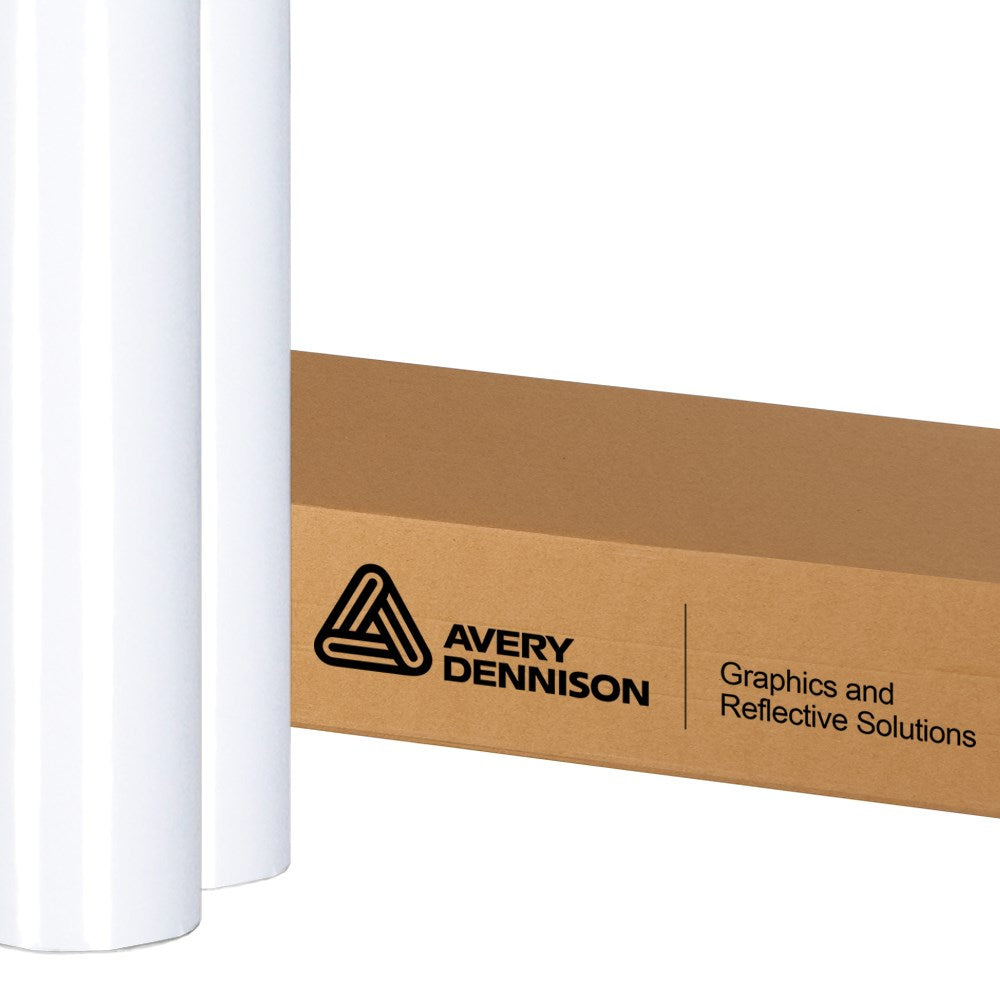Just about any business owner aiming to tackle a specific market will need sales and marketing materials. These include things such as brochures, flyers, manuals, banners, and trade show POP displays. To achieve this task, these business owners will typically turn towards commercial printing companies, especially if they need access to complex tools such as a large-format printer for vinyl.
The commercial printing procedure, however, can be complicated and can contain numerous steps. In this post, we will be going over what commercial printing is, how it works, and what businesses might need to begin offering it as a service.
The Commercial Printing Process
There are numerous types of printing procedures, and each of them is characterized by both the method through which images are transferred and the types of plates that are used.
The Printing Process Stages
Every printing procedure can be different due to its specific characteristics. However, generally speaking, there will always be three main stages.
First, there's the prepress. This is a procedure of converting a design for a printed image within a carrier, such as a screen, cylinder, or plate. This stage also entails typesetting and composition, photography, and color separation.
There's also the press, which is the actual printing process that gets carried out. This is the stage when, for example, a large-format printer uses ink to transfer the digital product to a printed format.
Last, there is the post-press page, where all of the printed materials are assembled, and the blinding and finishing services are completed. Adhesives can be used during this stage when a book is being produced.
Different Printing Technologies
There are numerous types of commercial printing available. Offset printing and digital printing are, by far, some of the most common ones. However, there are also different technologies and methods used.
For example, there's LED UV printing, which is an advanced printing technology that uses LED lights to print on special paper quickly. There is also flexographic printing, which is a procedure that uses a series of rollers and plates to transfer inks onto the final substrate.
Large-format printing is also available, which can include offset, digital, LED UV, or flexographic. However, what makes this procedure stand out is the fact that it requires specialized equipment. When businesses aim to print large banners, they need to order these prints through a commercial printer.
Offset and Digital Printing
Offset printing is typically utilized for mass production. There are numerous advantages that are associated with it, including high image quality and cost-effectiveness when it comes to high-volume orders. It is also a procedure that can be performed on numerous types of materials, such as paper, leather, metal, and fabric. Additionally, it offers a wide variety of colors, as different plates get utilized for different colors.
Digital printing involves the usage of toner, laser printers, and other, more advanced technologies. This is optimal for small-scale jobs–it results in high image quality, with no need to balance ink or water. It also results in fewer waste prints and allows for large-format printing. Additionally, images can be edited as many times as required, and the turnaround time is typically shorter than that of offset printing.
The Tools Needed for Commercial Printing
There are numerous tools that are required for commercial printing, including both hardware and software.
A computer, scanner, and graphics art software are essential in the modern print service provider's shop. Additionally, there's also the requirement of an offset printing press, as well as the need for plate making, a color copier, a standard copier, a fax machine, a laminator, and bindery equipment.
Moving Forward with Commercial Printing
Commercial printing is a service that can handle business cards, postcards, banners, posters, maps, and anything else a business might need to promote or carry out its business operations.
Each commercial business printer will need to choose a large-format printer, and every industry typically has varying print products, so it is essential for any commercial printing service company or individual to understand all of these aspects in order to make an informed decision.





